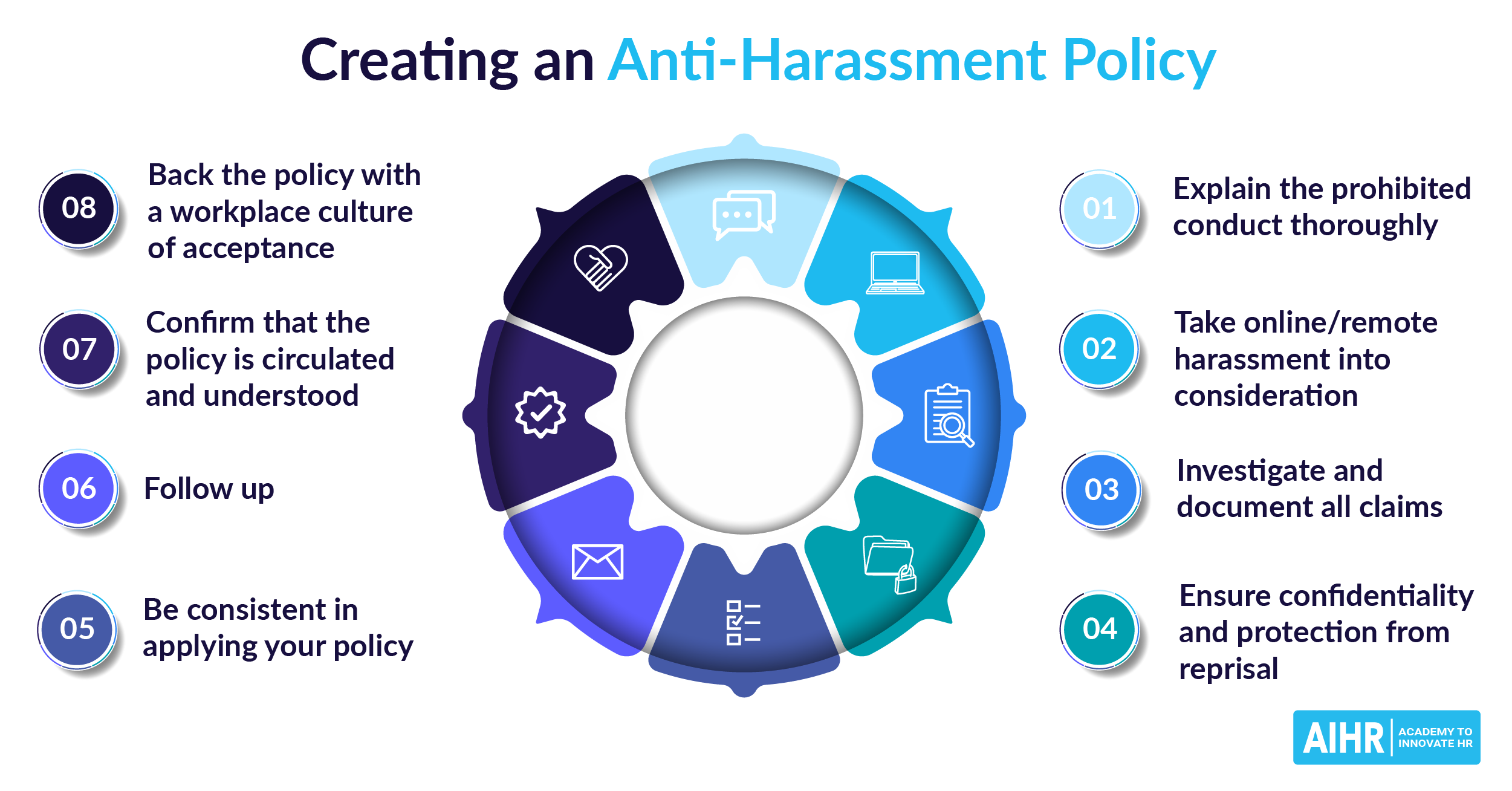Constructive Discharge
What is constructive discharge?
Constructive discharge, also known as constructive dismissal or constructive termination, is a situation where an employee resigns as a result of the employer creating a hostile or intolerable work environment. In other words, the employer constructs a situation where the employee feels forced to resign rather than being directly dismissed.
Constructive discharge is considered involuntary resignation or termination of an employee.
What are the signs of constructive discharge?
Constructive discharge can be identified from various situations, including the way in which an employee is treated, the working conditions they endure, policies that adversely affect their lifestyle, or a failure to address situations of danger, prejudice, or harassment in the work environment.
Signs of constructive termination include:
- Ignoring an employee’s complaints or concerns about the work environment
- Refusing to provide necessary equipment or resources
- Failing to address harassment or a toxic workplace culture
- Creating rules that single out specific employees unfairly
- Cutting costs by reducing severance for departing employees
Constructive discharge examples
Employers accused of constructive discharge might face claims from employees attempting to demonstrate that they were deliberately targeted and that their working conditions were intentionally altered to force their resignation. Here are some examples of circumstances that might constitute constructive dismissal:
- Harassment and discrimination: Abusive language, prejudicial treatment, sexist jokes, or any other forms of harassment, and the employer failing to stop the behavior.
- Unsafe working conditions: Placing employees in danger or in unsafe working conditions, such as exposure to harmful chemicals without protection or neglecting to repair dangerous equipment.
- Pay reduction or demotion: Reducing an employee’s pay and demotions without a fair reason or as a way of punishment.
- Failure to accommodate a disability: Refusing to adequately or reasonably accommodate a disability, making an employee unable to fulfill their duties.
- Abusive scheduling: Increasing an employee’s workload or hours without their agreement, compromising their ability to maintain a nice work-life balance.
- Change in job location: Relocating an employee to a distant location without their agreement, making their daily commuting impractical.
- Clear targeting: Changing policies for one specific employee – or an identifiable group of employees – when these policies are not applied across the rest of the organization.
Constructive discharge in the US: Legalities
The legal definition of constructive discharge depends on a violation of labor laws. While the US Equal Employment Opportunity Commission (EEOC) provides federal guidelines, individual states may have additional laws and regulations that address constructive discharge. The EEOC outlines a 3-part test to prove that a resignation is legally constructive discharge and what actions can be taken as a result.
- The working conditions must be identified as intolerable from the complainant’s position.
- The working conditions must be the result of conduct or neglect that is defined as legal discrimination against the complainant.
- The intolerable working conditions must be the cause of the resignation.
These three guidelines are designed to identify incidents of constructive termination while excluding cases that claim constructive discharge when conditions are not intolerable, when discrimination is not present (e.g. when all employees are held to the same conditions), or when employees quit for personal reasons before making the claim.
California provides additional guidelines, requiring proof that the employer knowingly created or allowed the intolerable conditions. This may include official or documented complaints and requests regarding the conditions. However, other states function on the implied knowledge, as employers are responsible for awareness of working conditions or prejudicial treatment in the workplace.
HR tip
When addressing concerns related to constructive discharge, it is essential for HR professionals to promote a healthy and supportive work environment. Fostering a culture of respect and immediate intervention in disputes can mitigate the risks of such claims, protecting both employee wellbeing and the organization’s reputation.
How can HR prevent constructive discharge in the workplace?
Channel key requests and complaints through HR
One of the reasons for constructive discharge is failure to address safety, harassment, or disability accommodation concerns. Individual managers might perpetrate constructive termination by ignoring these requests without oversight.
HR can prevent these matters and stay informed by making it a policy for employees to send their concerns and requests regarding working conditions through HR instead of through their manager. This allows HR to address company-wide safety, harassment, and disability concerns and avoid any incidents of preferential or discriminatory decision-making on an individual level.
Develop an investigation process
Having an investigation process ready in case constructive discharge is claimed after an employee resigns is also essential to ensure fairness, maintain the company’s reputation, and address potential issues promptly and effectively. Be prepared to:
- Review communications to and from the employee, especially matters of safety, treatment, or disability.
- Check if the policies applied to the employee compared to their team and department.
- Interview coworkers about treatment, including discrimination or harassment.
- Review supervisors for discriminatory patterns or retaliatory motivations.
- Maintain witness anonymity in case they are afraid of being the next target of constructive termination.







